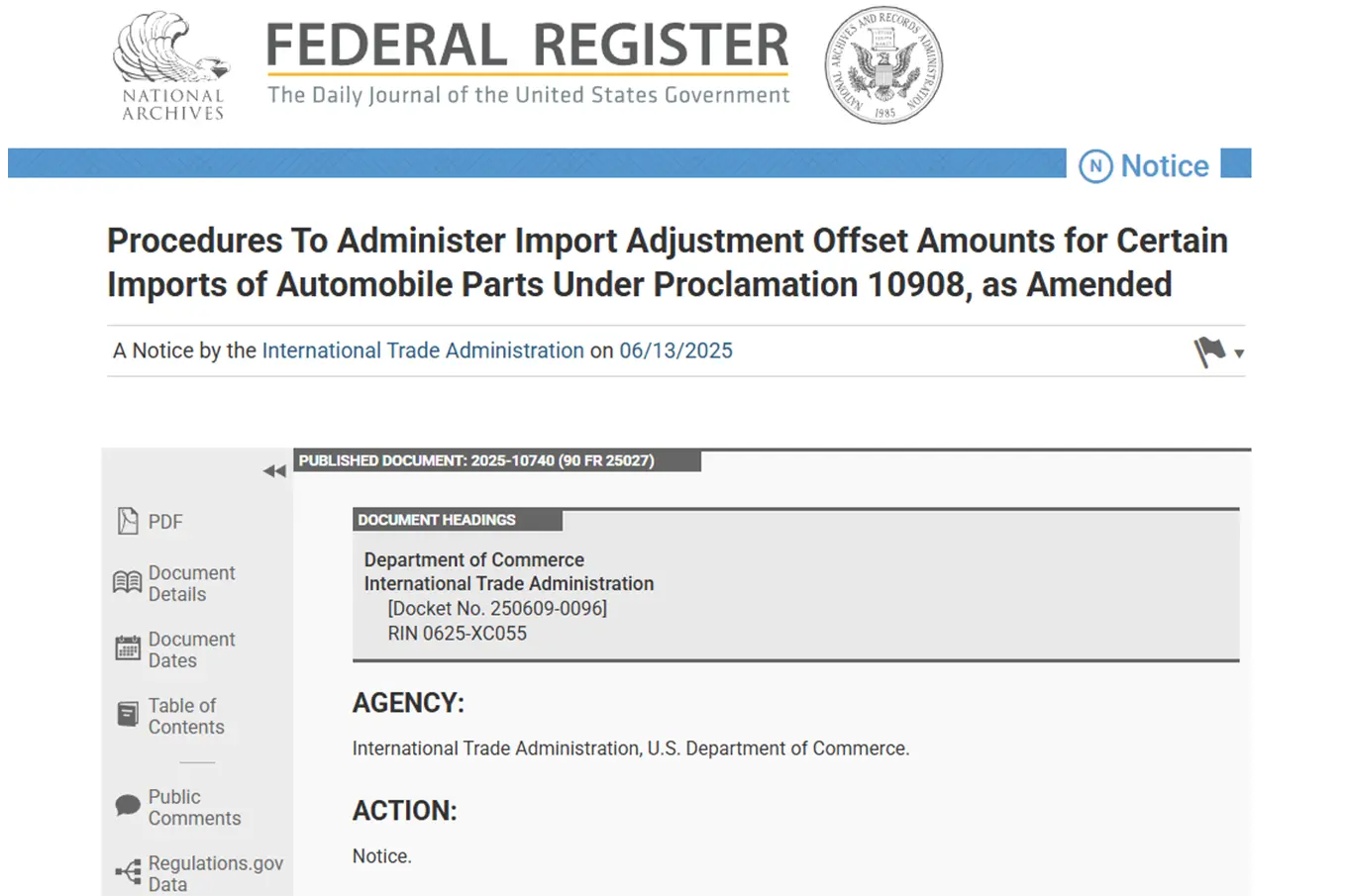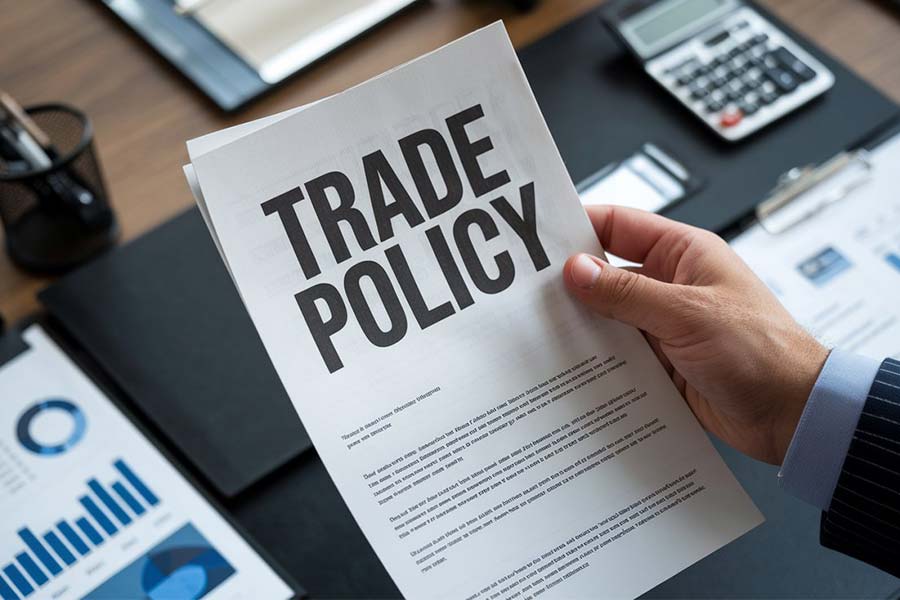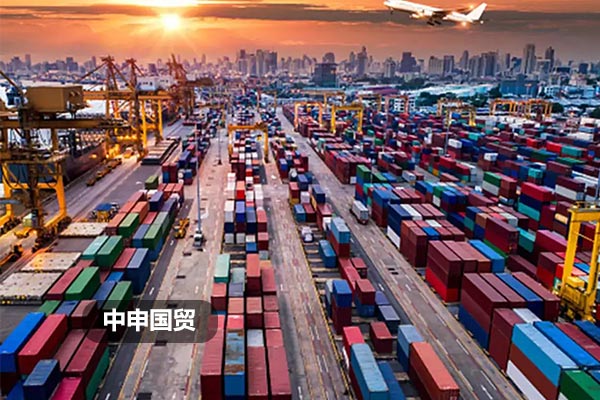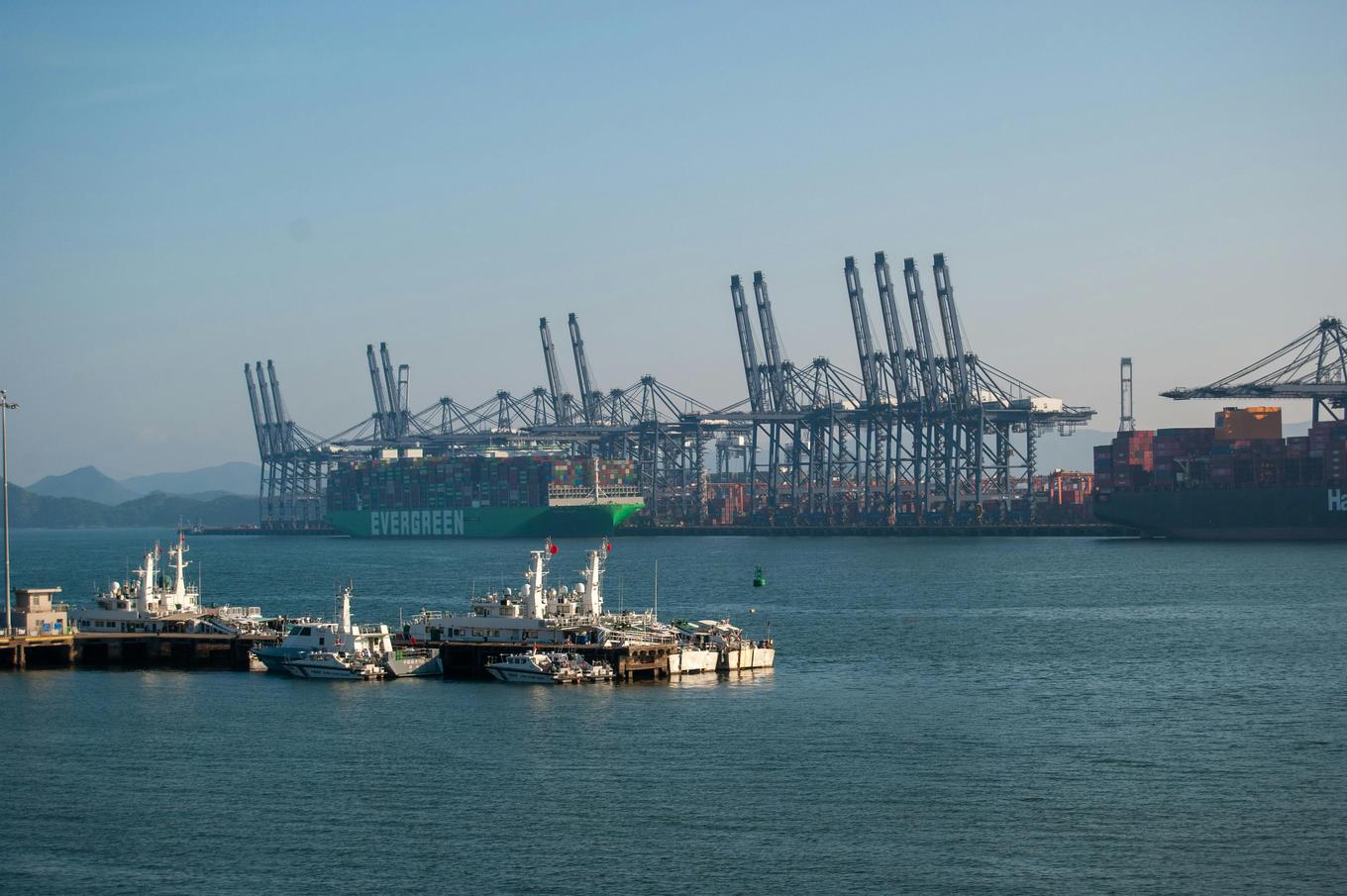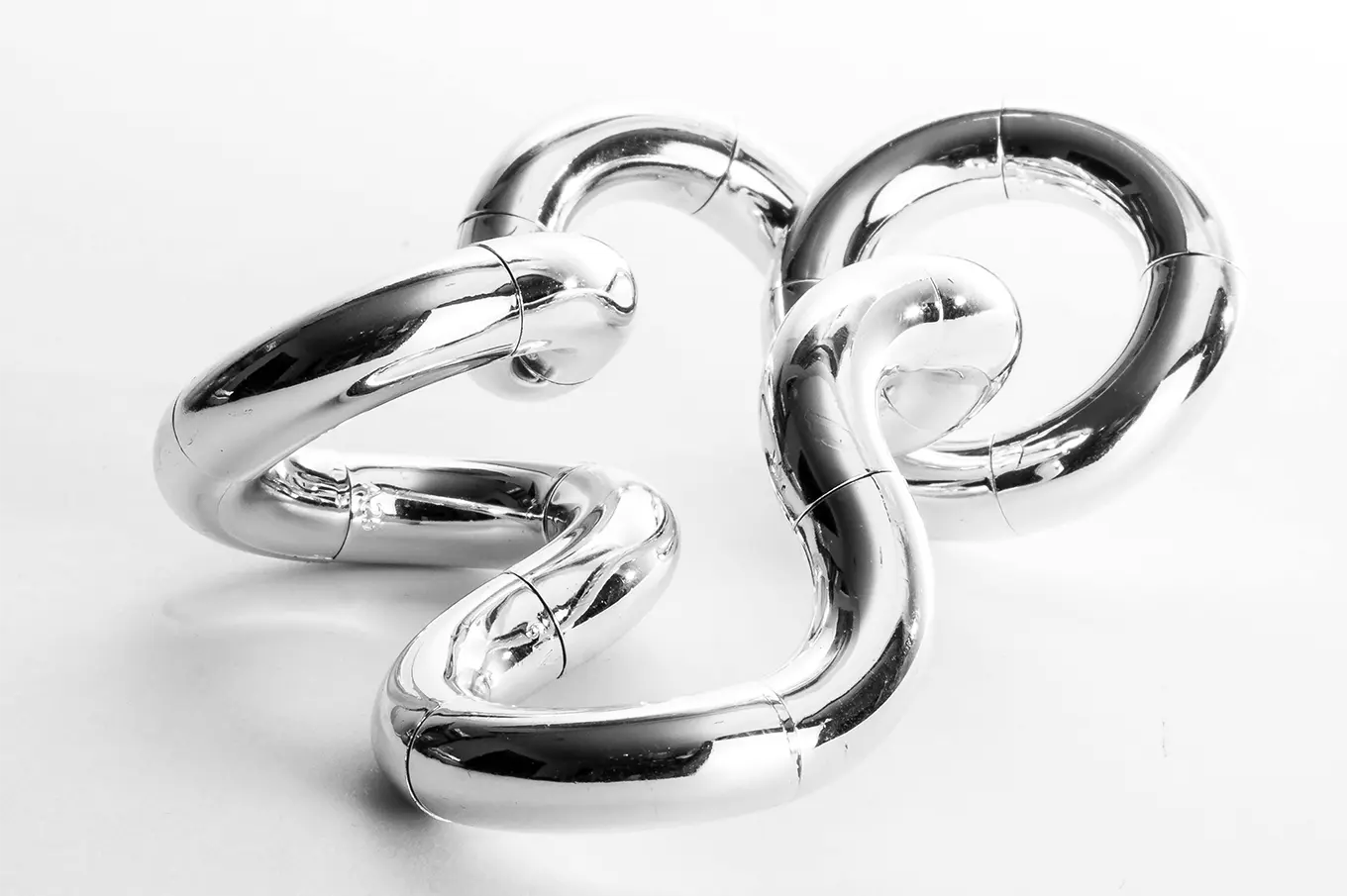- Shanghai Zhongshen International Trade Co., Ltd. - Two decades of trade agency expertise.
- Service Hotline: 139 1787 2118
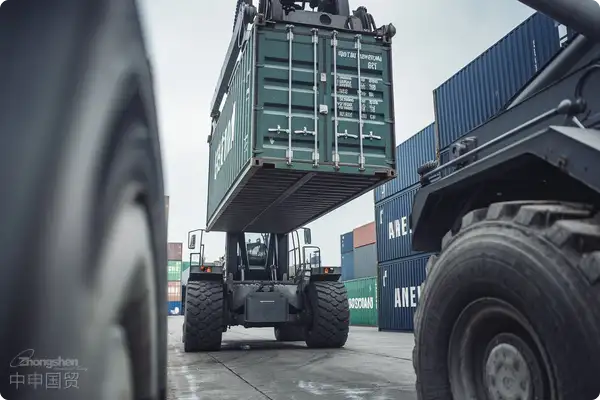
Slow wire cuttingEquipment Importsthe three key stages
Under the latest international trade regulatory framework in 2025, the import of precision machining equipment exhibitshigh technical thresholds, multiple regulatory layers, and strict timeliness requirementscharacteristics. Taking wire EDM equipment as an example, its import process requires special attention to the following stages:
- Pre-qualification stage
- Application for automatic import license (O license) for electromechanical products by importers
- Verification of safety certification documents (CE/UL, etc.) from equipment manufacturers
- Pre-shipment inspection filing for used electromechanical products (if applicable)
- Logistics and customs clearance stage
- Accurate HS code classification (recommended under item 8456.3010)
- Safety verification for special equipment pressure vessels (for ancillary equipment)
- Optimized calculation of import duties and VAT (current comprehensive tax rate approximately 26.7%)
- Spot delivery stage
- Equipment maintenance plan during bonded warehouse storage
- SpotL/CExchange rate risk hedging for TT payments
- Complete handover of technical documents and operation manuals
Five evaluation dimensions for agency service selection
Does the product design comply with Chinas mandatory standards?foreign tradeAgency institutions should possess the following core capabilities:
- Technical document processing capability: Ability to accurately translate Japanese/German technical parameter tables
- Risk prediction systems: Early identification of equipment EMC certification risks
- Emergency response mechanism: Timely resolution of customs inspection holds within 48 hours
- Supply chain integration level: Establishment of priority channels with major port special equipment yards
- Cost Transparency: Provision of itemized billing lists (including but not limited to: port construction fees, EDI transmission fees, container detention fees, etc.)
Customs clearance efficiency improvement solutions
According to the latest 2025 customs statistics, professional agency services can reduce customs clearance cycles by over 40%. Specific implementation paths include:
- Pre - classification Service: Obtaining advance customs classification pre-ruling decisions
- Tax guarantee: Utilize the summary taxation model to alleviate financial pressure
- Intelligent declaration: Achieves single entry, multiple declarations through single window systems
- Inspection preparation: Prepare equipment structure and principle illustration manuals in advance (with Chinese-English bilingual content)
Key points of common risk prevention and control
- Technical parameter deviations: Require suppliers to provide CNAS-certified test reports
- Intellectual property disputes: Verify whether the equipment involves parallel import patent issues
- Disputes over transportation losses: Recommended to purchase warehouse to warehouse all risks insurance with precision instrument coverage
- After-sales service coordination: Clearly specify FAT (Factory Acceptance Test) clauses in the contract
Achieve import process through professional agency servicesModular managementandRisk node pre-controlEnterprises can stabilize equipment delivery cycles within 60 working days, reducing 20-25 working days compared to traditional models. It is recommended to prioritize agency service providers with practical cases of precision processing equipment and require detailed documentation of at least 3 successful customs clearance cases.
Related Recommendations
? 2025. All Rights Reserved. Shanghai ICP No. 2023007705-2  PSB Record: Shanghai No.31011502009912
PSB Record: Shanghai No.31011502009912
